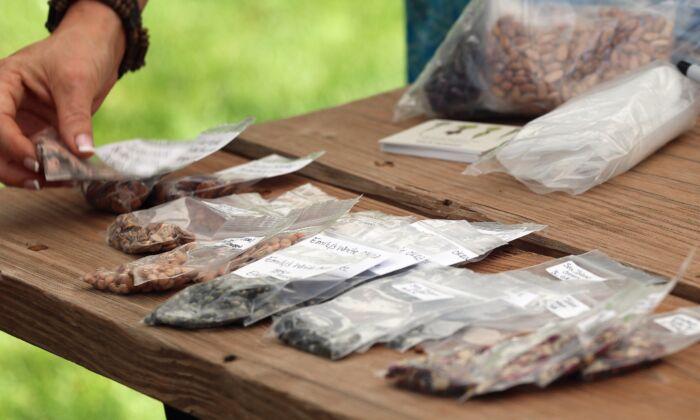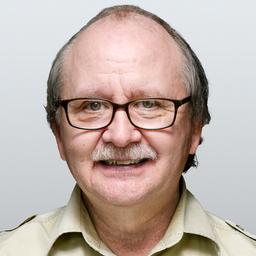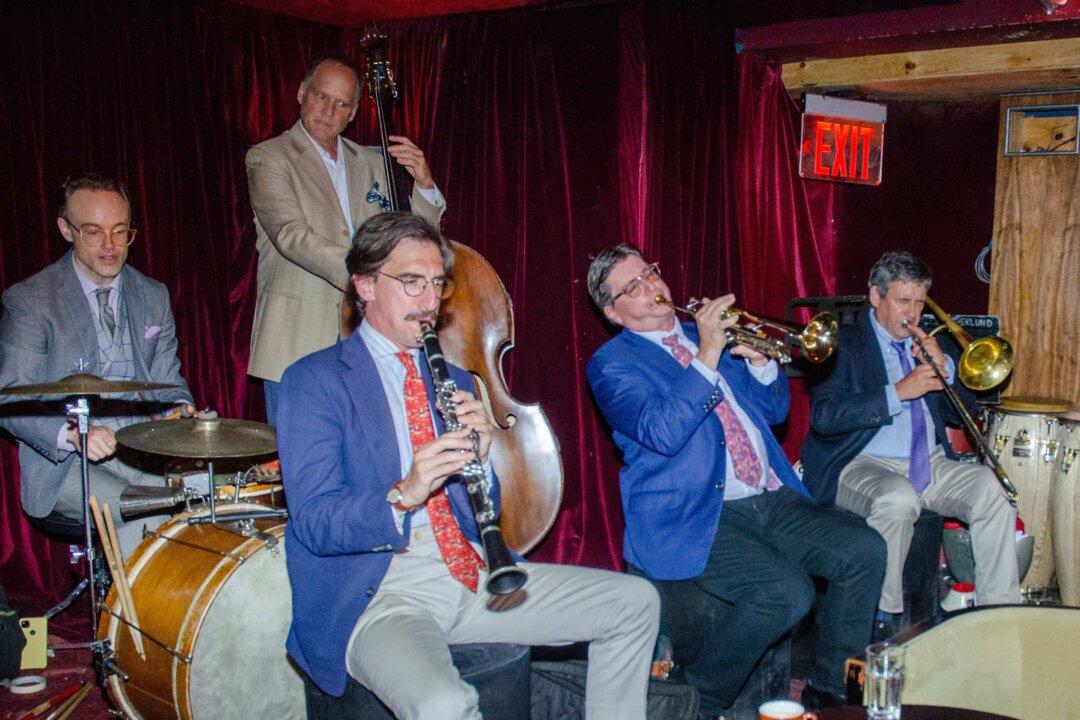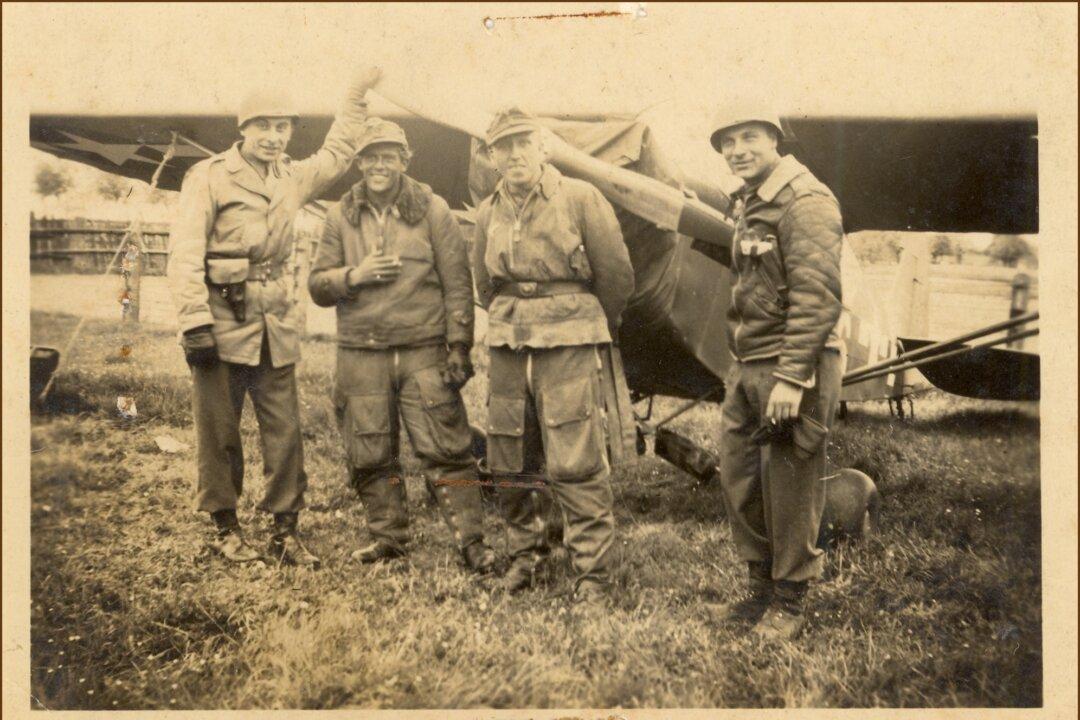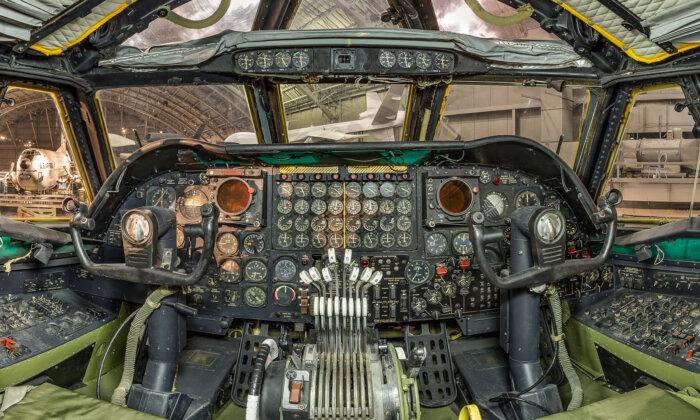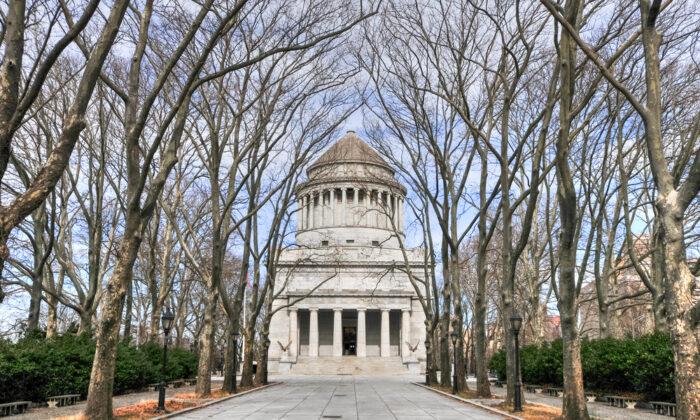Let’s say that you want to make your grandmother’s fabulous recipe for tomato bisque, but you don’t want to use just any tomatoes. You want to grow them yourself, just as Grandma did.
But Grandma always said that the tomatoes from her garden in the old country were far better than the ones she grew in America. If only you could grow yours just like the old ones.
It describes its mission statement on its website as: “Seed Savers Exchange stewards Americaʼs culturally diverse and endangered garden and food crop legacy for present and future generations. We educate and connect people through collecting, regenerating, and sharing heirloom seeds, plants, and stories.”
What does all that mean?
Basically, the organization is a place for gardeners and farmers to buy seeds that have a lineage or a family history, known as “heirloom” seeds. The nonprofit was founded in 1975 by Diane Ott Whealy, who started with heirloom seeds from German pink tomatoes and morning glories that her Bavarian great-grandparents had brought to Iowa in the 1880s.
At the time of the organization’s founding, “both the morning glory and German pink tomato were potentially at the end of the line right there,” John Reynolds, interim executive director, told The Epoch Times. Now, any curious gardener can buy seeds for them on the site.
Naturally, the seeds that Whealy’s great-grandparents brought to the New World aren’t the ones in Seed Savers’ possession now. Today’s seeds come from several generations later.
How It Works
Seed Savers maintains a “seed bank” on its 890-acre farm in Decorah, where the seeds are cataloged. The bank is kept at zero degrees.Gardeners and farmers who donate seeds do so either through mail or in person at the farm. Or, they can sell their seeds themselves via the seed exchange. About half of the seeds on the exchange are provided by individual members, while the other half are from the Seed Savers farm.
Seed Savers employs three historians who actively reach out to donors for stories of the provenance of their donated seeds. These stories are kept in a database and shared on the internet, as well as in printed publications (including a yearbook) mailed out to members.

Anyone looking to make a purchase using the “seed exchange” must create an account on the Seed Savers website. There, you can search using criteria such as vegetables, flowers, herbs, spices, fruits, berries, nuts, and grains. Purchased seeds may be shipped from the farm in Iowa or from an individual member somewhere else in the country.
The organization also makes some donations of its own.
Svalbard, a Norwegian archipelago in the Arctic Ocean, has a vault containing seeds in anticipation of a global food crisis.
“We are actually the only nongovernmental agency that makes donations to that seed vault,” Reynolds said.
Not Your Garden Center Seeds
Seeds purchased through Seed Savers aren’t the same as the ones sold at your local national retailer’s garden center.“Open-pollinated is the big thing,” Reynolds said. Seed Savers requires its heirloom seeds to be open-pollinated, meaning that they were pollinated via natural methods with other plants of the same variety, essentially making them “purebred” seeds.
“At Tractor Supply or Home Depot, many times what you’ll see are hybrid seeds that are specifically bred—maybe in a laboratory—to produce specific and uniform results,” Reynolds said.
“To us, an ugly tomato that looks different on the vine from all of its siblings carries with it its own, organic beauty, as compared to maybe a nice, round, uniform tomato that would be a product of hybrid seeds.”

While Seeds Savers’ mission is oriented primarily toward rare and heirloom seeds, it also seeks to provide a network for growers to exchange their favorite seeds among themselves. As a result, a few of the 30,000 varieties in the exchange’s possession aren’t categorized as rare or heirloom, yet are included because they serve the community.
Victory Gardens
The lockdowns of 2020 turned a lot of people on to gardening. As Reynolds described, while being “locked up in the pandemic, whether they were in an apartment in New York City or somewhere in Montana, many people throughout the country found gardening a respite from very troubling times.”Now, with talk of food scarcity looming, there may be more troubling times ahead.
During both world wars, many Americans planted “victory gardens” because the future of the country’s food supply was in question. At the time, if there was a patch of dirt available on the grounds of an apartment building in Brooklyn, the residents grew a garden.
After seeing a surge of gardening during the lockdown, Reynolds can envision such gardens happening again.
“We see many orders go to apartment buildings in Manhattan, let alone Brooklyn. We have books that are available on container gardening and herb gardening indoors,” he said.
With growing interest from gardeners all over the nation, the future of heirloom seeds is an optimistic one.
“It’s exciting that so many people have been engaged with gardening in general,” Reynolds said. “And we’re just very excited to enter the next 50 years of our organization and see where that takes us.”

